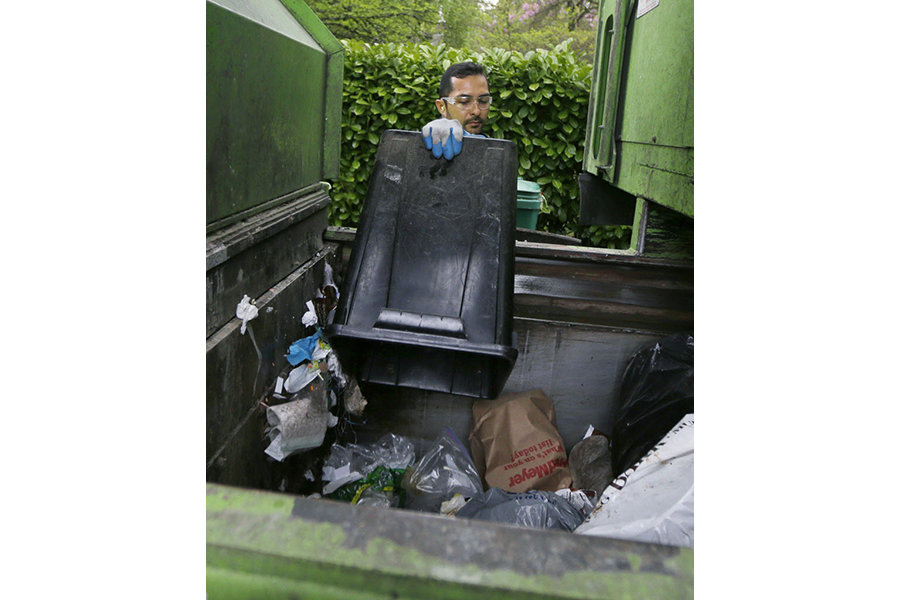How businesses can grow $1 to $14 by reducing food waste
Loading...
A report from Champions 12.3, The Business Case For Reducing Food Loss And Waste, finds that the average business will earn a $14 return for every $1 invested in food loss and waste reduction.
Champions 12.3 is a coalition of nearly 40 decision makers from governments, businesses, international organizations, research institutions, farmer groups, and civil society dedicated to mobilizing action and accelerating progress toward achieving Sustainable Development Goal (SDG) Target 12.3 by 2030.
SDG Target 12.3 calls for cutting global food waste in half, per capita, at the retail and consumer level, while reducing food losses along production and supply chains by 2030. At the U.N. General Assembly, countries of the world formally adopted a set of 17 SDGs as part of the Post-2015 Development Agenda—global goals to end poverty, protect the planet, and ensure prosperity for all.
This report financially incentivizes businesses to make strategic food waste and loss reduction decisions, presenting a significant 14:1 return on investment (ROI). Business leaders can make use of this evidence to drive forward innovation so that global food systems become more sustainable and communities thrive.
A toolkit presented by Think.Eat.Save—founded by Save Food as a joint initiative between U.N. Environmental Programme (UNEP), the U.N. Food and Agriculture Organization (FAO), Messe Düsseldorf, and interpack—explains that at least one-third of all food produced worldwide is either lost or wasted each year. This percentage translates to more than 1.3 billion tons of food, worth around $1 trillion. According to a report by Rethink Food Waste Through Economics and Data (ReFED), $218 billion is spent growing, processing, transporting, and disposing of food that is never eaten in the United States alone.
In addition to the economic cost, every piece of chicken, bag of produce, or loaf of bread thrown away is a loss of soils, energy, water, fertilizer, and labor. Reducing food loss and waste saves natural resources—according to the U.N. Food and Agriculture Organization (FAO), 1.4 billion hectares of land produces food that is never eaten. This number equates to 28 percent of the world’s agricultural area, which is larger than the land area of China and India.
Knowing that reducing food loss and waste earns companies an average of a 14:1 ROI is helpful for everyone from business leaders to consumers. Other findings from the Champions 12.3 report can motivate people to waste less food and help communities everywhere reach the SDG Target 12.3 by 2030.
This story originally appeared on Food Tank.





